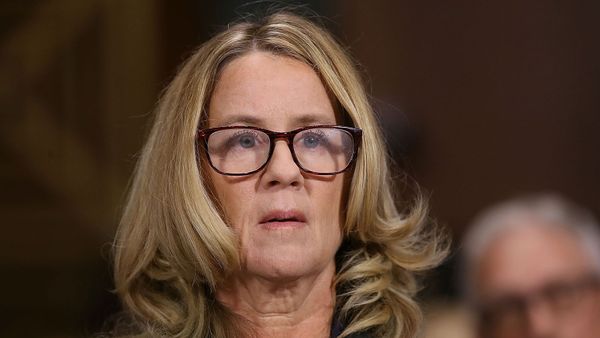In 2012, media outlets reported that then-Australian Prime Minister Julia Gillard had "redefined misogyny" when she gave a speech on Oct. 9, 2012 about "repulsive double standards" in regards to rival Tony Abbott. Gillard's opponents argued that she'd gone too far — the more appropriate term would have been "sexism," as the Australian dictionary at the time defined "misogyny" as something much more sinister: intense dislike and mistrust of women.
In response, the Australian dictionary made some changes. Sue Butler, editor of Australia's best-known dictionary, Macquarie Dictionary, said Gillard's speech prompted her staff to consider an update. Upon investigating the origin of the term "misogyny," the Macquarie team tracked the evolving meaning back to 1970s feminist discourse in the U.S. and found that the term was typically used as a synonym for sexism "with a bit more bite to it perhaps." As a result, Butler's team updated the Macquarie Dictionary definition of misogyny to reflect what they felt was the more accurate meaning, something more in line with a "common garden prejudice against women, particularly women in positions of power."
Perhaps unsurprisingly, a lot of people freaked out, specifically those who supported Abbott and felt Gillard had gone too far in her accusation. But some, like famed feminist author Naomi Wolf, felt she'd been perfectly justified in her usage. Wolf told The Guardian, "Julia Gillard used 'misogyny' perfectly accurately. She said that Tony Abbott described abortion as 'the easy way out' and cited his political campaign against Gillard involving posters asking voters to 'ditch the witch.' The latter, especially, is a time-honoured [sic] tradition of true misogyny — stirring up atavistic hatred of the feminine — that goes back to witch hunts against powerful women in the New World. Her critics, for their part, are asking us to water down our awareness of real woman-hating and accept it as normal in political discourse."
In fact, it was Gillard's speech that first inspired Manne to write her book on the term "misogyny." As she told Gerunica, "When Gillard's speech became news, I was interested to realize that 'misogyny' wasn't one of my words — to the extent that I couldn't remember ever having used it, or even having heard it discussed at length by analytic feminist philosophers. And this despite just having finished a Ph.D. in a philosophy department that is a research hub in that area."
In her own piece for The Boston Review, Manne breaks it down in simpler, more vivid, tangible terms: "Sexism is bookish; misogyny is combative. Sexism is complacent; misogyny is anxious. Sexism has a theory; misogyny wields a cudgel."
She goes on to offer concrete examples: "Sexists subscribe to sexist ideology (albeit often unconsciously). Misogynists engage in misogynist behavior (again, often unwittingly). A sexist believes in men's superiority over women in masculine-coded domains — such as intellectual endeavors, sports, business, and politics — or that men are less suited to feminine-coded activities, such as domestic work, emotional labor, and caring for children and other dependents. Misogynists may hope that sexists are right, while fearing just the opposite."




